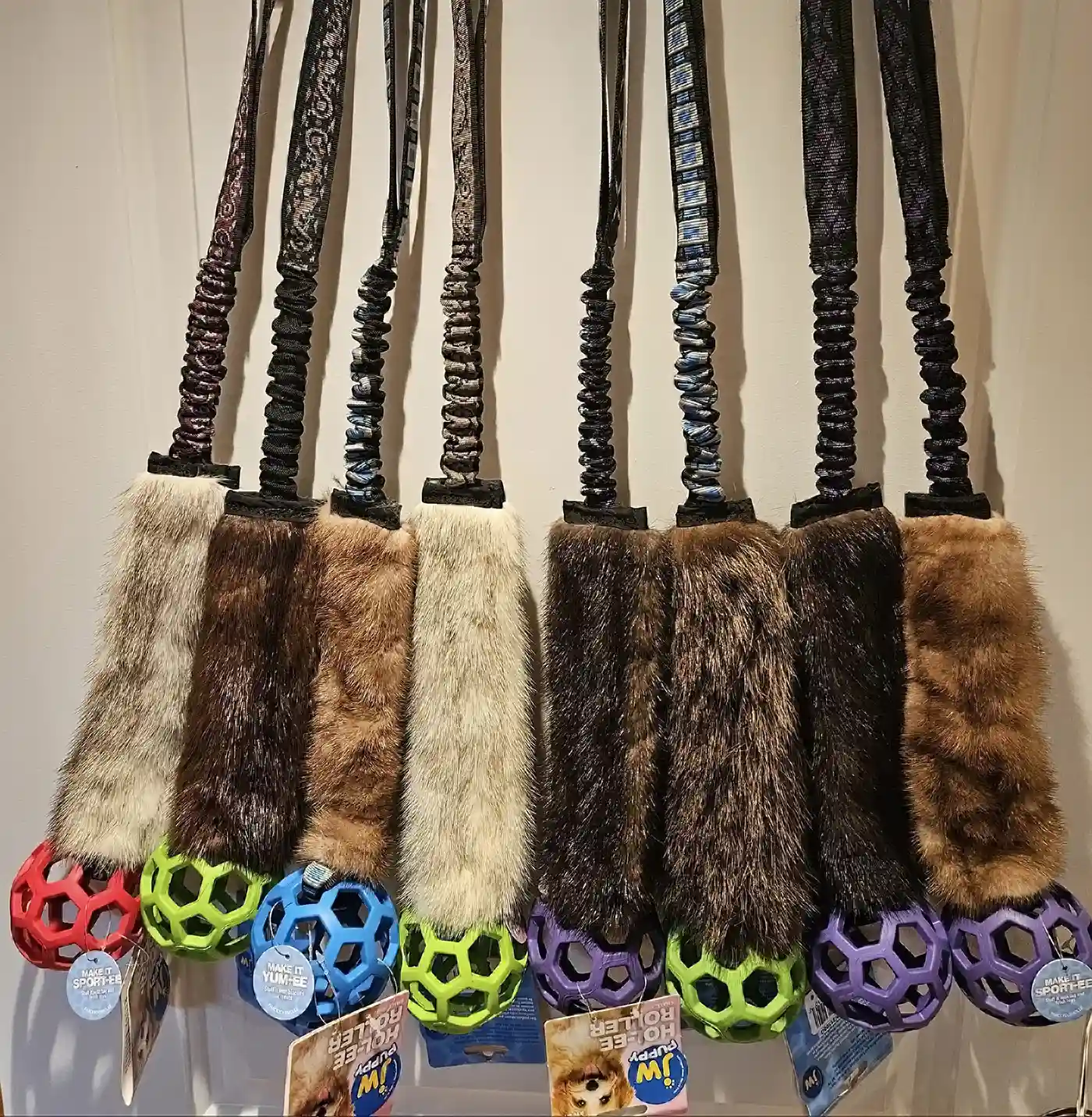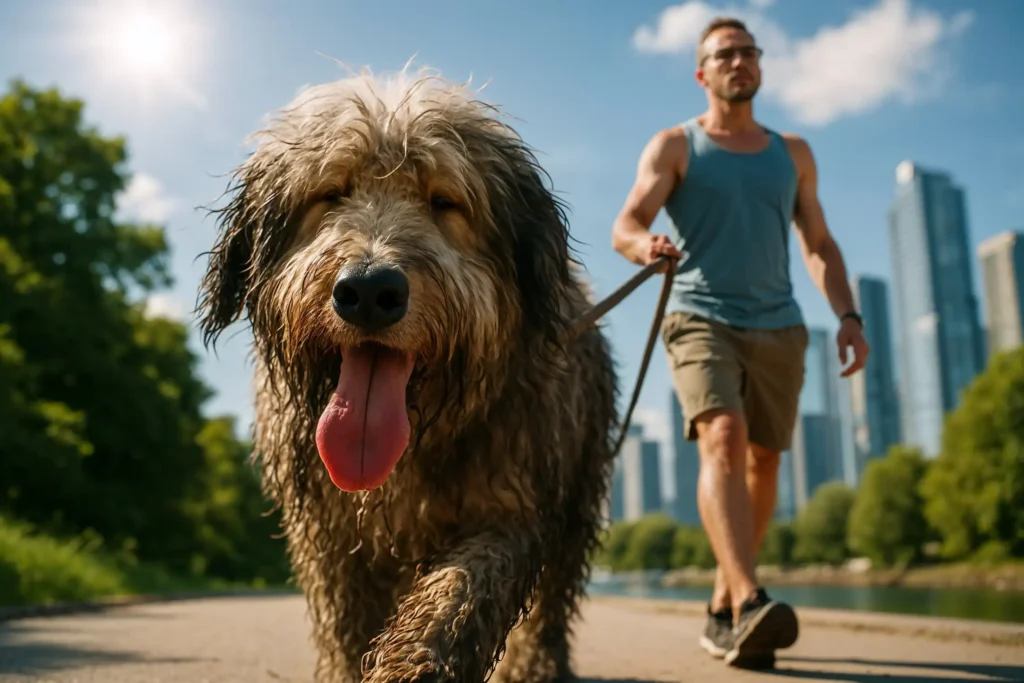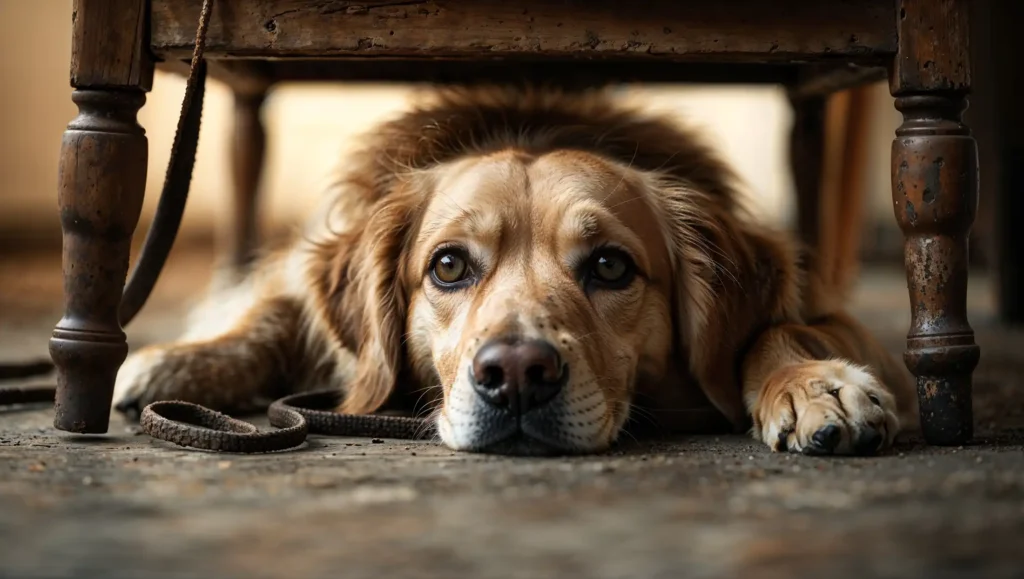If you are looking to increase engagement outdoors around distractions, and build on the relationship the two of you share, try tugging with your dog.
The act of playing with our dog through the use of a specially designed tug toy taps into their playful spirit and makes us relevant outside where reinforcement from the environment is more than abundant (think: squirrels, smells, other dogs, skateboards). Unless you bring some oomph to the table, the environment will win every time.
We want to eclipse all of that.
Good training uses a broad bandwidth of reinforcers. The obvious one is food. Food is fantastic for teaching single behaviours, reinforcing a position and the duration of that position, and any time I want my dog to be in a more calm/thinking state of mind. Food tends to have its limitations however. It tends to be less effective at creating arousal (which we definitely want for certain exercises, like the recall) and once obtained by the dog, engagement tends to drop off rather quickly.

Enter the tug toy!
If you go to watch many dog sport competitions and training sessions, you will see trainers using tug toys as part of their reinforcement strategy. Think of agility or flyball or dock diving. There is a built up desire in the dog to engage with his person in play through a toy that has a relationship story behind it, due to the hours of training and fun that toy represents. Because the play behind that toy has a human on one end and a dog on the other, there is a natural bonding that occurs. And this becomes powerful in higher criteria environments.
A good tug toy stands apart from the regular toys you will find at your local dog supply store. Toys for tugging have a good handle so the human can keep her hands away from the dog’s face. The handle often has a bungee in it so there is some bounce and give to the tugging. And the tug surface is soft and easy to grip – sheep skin, animal fur or synthetic fabric rather than plastic or rubber. The tug toy needs to be a bit scarce for the dog so that there is value when it is presented. For that reason, the tug toy is never left out. It appears for training, and then it disappears. It is a special toy that is only enjoyed with the dog’s human.
There is an art to playing tug too. To get started, the following video is one of the best on giving the dos and don’ts behind this training and features the famous Polona Bonac: https://polonabonac.com/?p=6755
Keep your sessions short and start in a quiet area with no competing distractions. A backyard or an empty field (with your dog on a long line clipped to the back harness) is perfect for tugging sessions. End before your dog gets tired so he is left with a feeling of “wow!” That will help to build drive and desire for the next session.
Although my dogs love to fetch, I am cautious about throwing toys for them as injuries are common in repetitive fetching: slippery grass and dogs diving and slamming into the ground are big no nos. Better to keep those four feet more on the floor and share in the fun.
I teach toy play as part of most of my course work. A rewarding part of what I do is seeing my students – leash dropped – with their dog choosing to stay engaged because of the relationship that was created. Playing tug goes a long way in creating that engagement.
Looking for a great tug toy (or two)?
Here are some of my favourite sources:
Locally:
Simply Natural Raw Pet Food https://www.simplynaturalrawpet.ca/
On-line, I support:
https://www.facebook.com/profile.php?id=61554381159791&mibextid=ZbWKwL
https://www.cooltugs.com/floramicato
https://www.4mymerles.com/product-category/tug-toys/
https://genuinedoggear.com/product-category/training-products/


